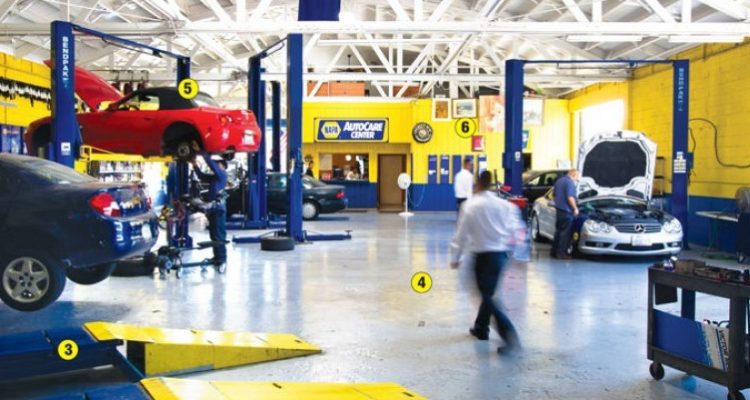Stainless Steel Brake Hoses are commonly touted as the superior after-market upgrade to rubber brake hose, but conflicting reports of the difference they really make to performance often mean that drivers are conflicted as to whether they should spend the extra cash for braided brake hose.
The differences with stainless steel braided brake lines and rubber brake hoses are many, so make sure to know what you’re getting, whichever you choose.
Stainless Steel Brake Hoses are Resistant to Corrosion
Stainless steel is famous for its resistance to corrosion, and in brake lines this becomes a very favourable feature, allowing the lines to resist corrosion by water, chemicals and the harrowing effects of heat and cold, so often experienced by the brake lines of cars left outside or driven in harsh environmental conditions – the exact conditions in which one would choose to drive instead of walking! However, rubber brake lines are also resistant to this damage – simply not as resistant as braided steel brake hoses are.
Braided Brake Hoses are Hardy
Braided brake hoses are often recommended as an aftermarket addition to off-road vehicles due to their innate toughness and resistance to physical damage. A stray rock or branch won’t cause much damage to a stainless steel braided brake hose, but it could cause devastation to a weaker hose line. When choosing aftermarket brake hoses, you would be wise to keep in mind the intended purpose of your vehicle and the terrain and obstacles which it will be facing, in order to help make sure you make the right decision.
Stainless Steel Braided Brake Lines are Extremely Resistant to Expansion
The most common reason for upgrading from factory-standard rubber brake lines to stainless steel braided brake hoses is the ability for steel brake hoses to resist expansion during a hard braking experience. When putting immense pressure on the brakes, the brake hoses will naturally expand, and common belief is that the expansion will be considerably less with braided steel brake lines than it is with rubber brake lines. A recent test carried out by AutoSpeed.com showed that when subjected to forces of 3500psi, more than double the ordinary braking force in a hard brake, the expansion of the rubber lines was 1.7%, while the expansion of the steel lines was less than 1%.
They concluded that while there was a difference, it was slight, and this factor alone should only impact your decision if you intend to push your car well past the normal limits of the vehicle. There was one exception, however – when an old, fatigued rubber brake line was tested, it expanded by 2.4% – 0.7% more than the new rubber line and a startling 5 times more than the steel braided brake lines.
However, Be Careful When Choosing
Steel brake lines may seem like the obvious choice, given all the above evidence. However, you should be careful when buying them that you buy an aluminium-reinforced new models, which are street legal, as until 4 years ago, steel brake lines were not street legal. The braided stainless steel brake lines sold by Brakequip are all of the street-legal variety, so if you want to upgrade to stainless steel, you’ll know you’re getting something worth the investment.


